Mercedes technical director James Allison has explained why the team opted not to start Lewis Hamilton from the pit lane at the United States Grand Prix, nor change the power unit in the back of his W15.
After the British driver was eliminated in the first section of qualifying for the main race in Austin, many had suspected the Brackley team would strategically choose to start the seven-time F1 drivers' champion from the pits, as they did with team-mate George Russell.
Russell's car needed an overnight rebuild following his Q3 crash, which, as per the regulations, meant he could not take his earned grid position.
Mercedes, however, decided against set-up changes - or a power unit swap - for Hamilton, with the 39-year-old instead starting from P17.
Detailing the considerations that went into the call, Allison outlined the determining factors that led to Mercedes' decision.
"The answer is not straightforward," the 56-year-old said. "We talked about it, and it was an option to do what George did, to start from the pit lane having changed the setup on his car between qualifying and the race.
"We did not have any reason to think there was much wrong with Lewis' setup.
"He had his best bodywork on, he had the grid position we had, which is further up the road than starting from the pit lane, and so why not start where you have qualified even if it was not the place you wished you had qualified.
"That was uppermost in our mind with respect to setup changes."
Viewed by others:
Cost cap implications
Whilst Hamilton ultimately retired on the second lap of the race at the Circuit of the Americas, when he spun off, it could have been an opportune moment for Mercedes to introduce a new power unit into his available pool for the rest of the season.
However, Allison explained that there were financial implications to consider, with unnecessary engine changes subject to the cost cap, whereas required swaps - due to damage or breakage - are not.
"If you do put another engine in, you go to the back of the grid because of the grid place penalty, and start from the pit lane, but you do not get to just put another engine in and not pay for it financially," he stated.
"If your engine breaks because it has got a problem, then the way the rules are written is that you can have another power unit at that point and have it not impact your cost cap.
"But if you just say I want one because I want one, that is a different matter. You must pay for it, and that would not have been a good trade.
"The freshness of a new power unit would have lifted the lap times fractionally but the cost in cost cap hit would have not made that worth paying for."
Also interesting:
Join RacingNews365's Ian Parkes, Sam Coop and Nick Golding, as they look back on the US GP and look ahead to this weekend's race in Mexico City. Max Verstappen and Lando Norris' Turn 12 incident is a key talking point, as is the narrative change in both F1 championships.
Rather watch the podcast? Then click here!
Don't miss out on any of the Formula 1 action thanks to this handy 2026 F1 calendar that can be easily loaded into your smartphone or PC.
Download the calenderMost read
In this article

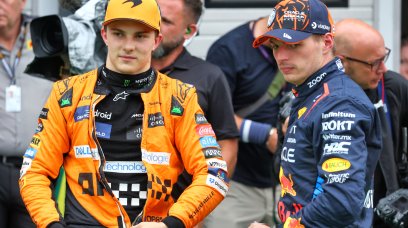



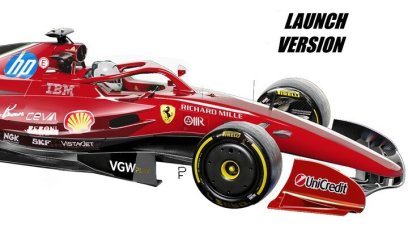

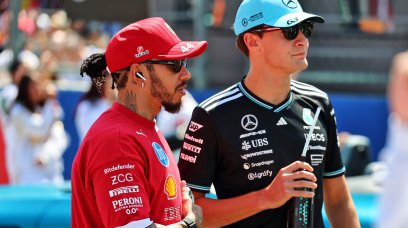

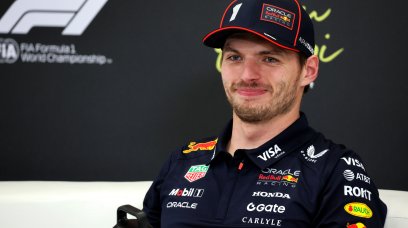
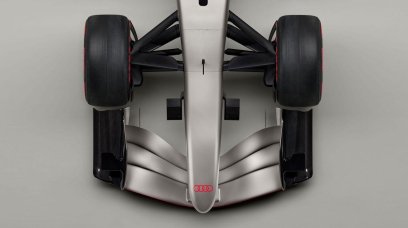
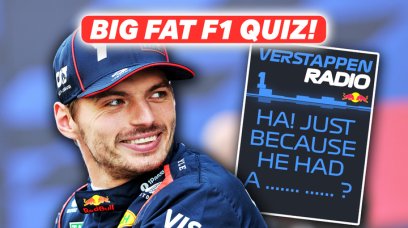
Join the conversation!